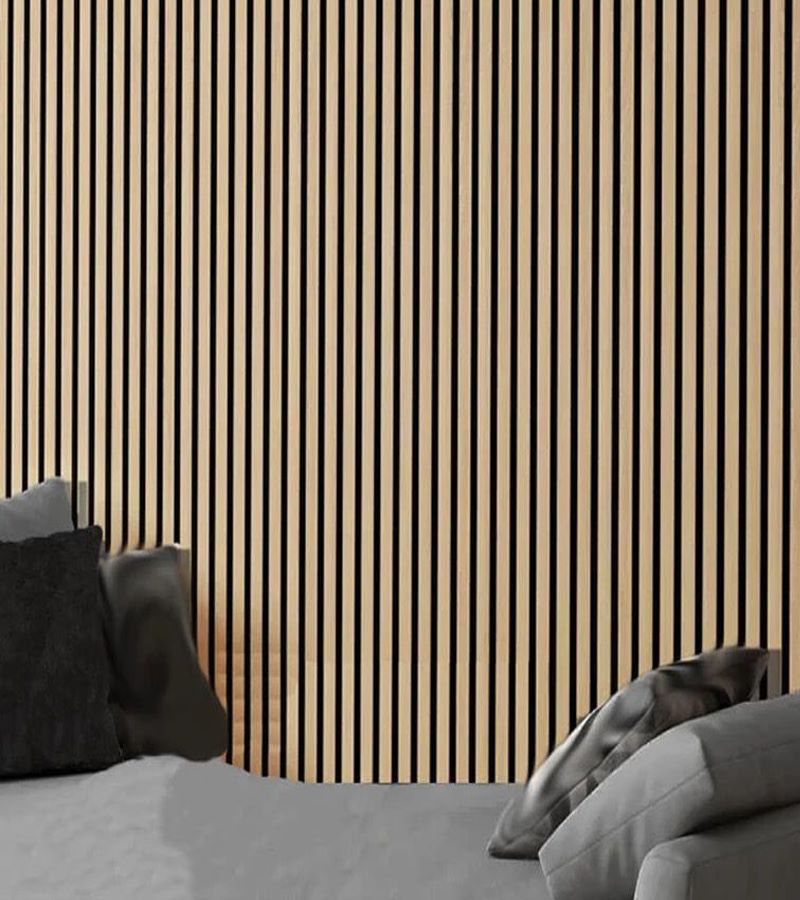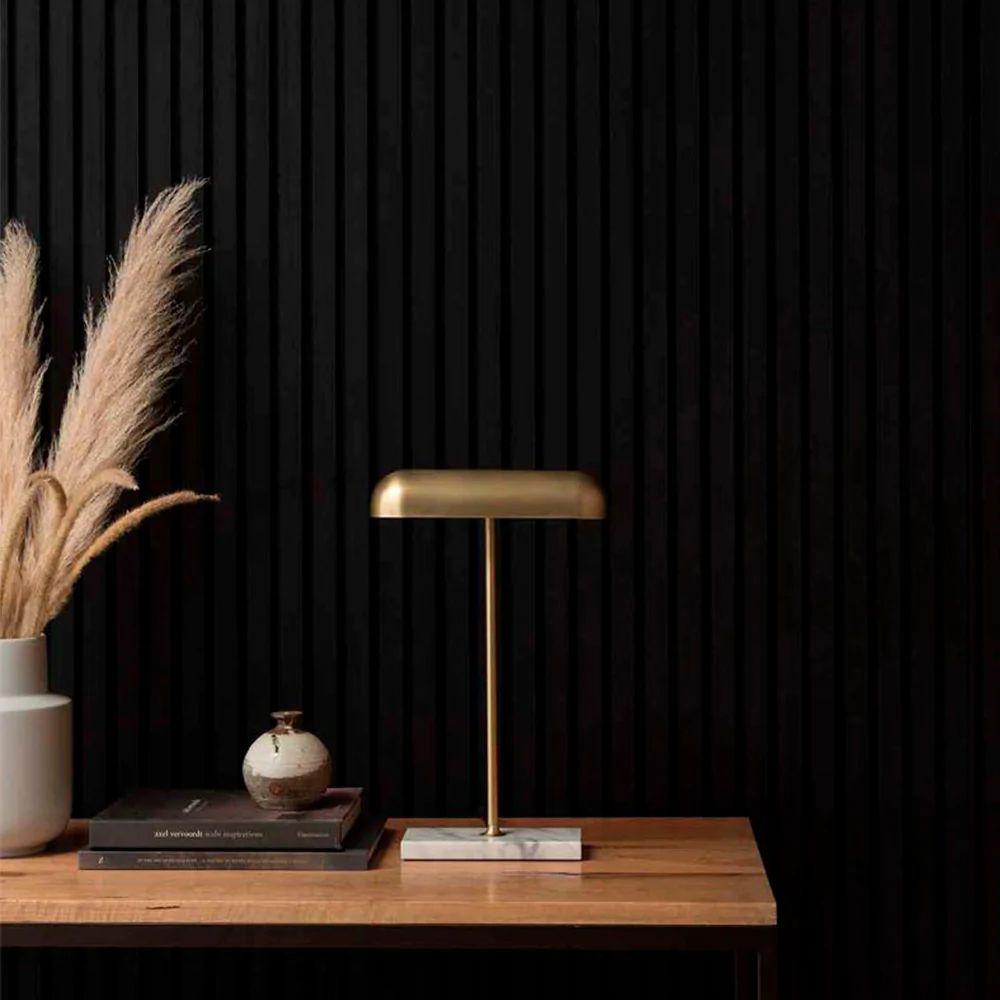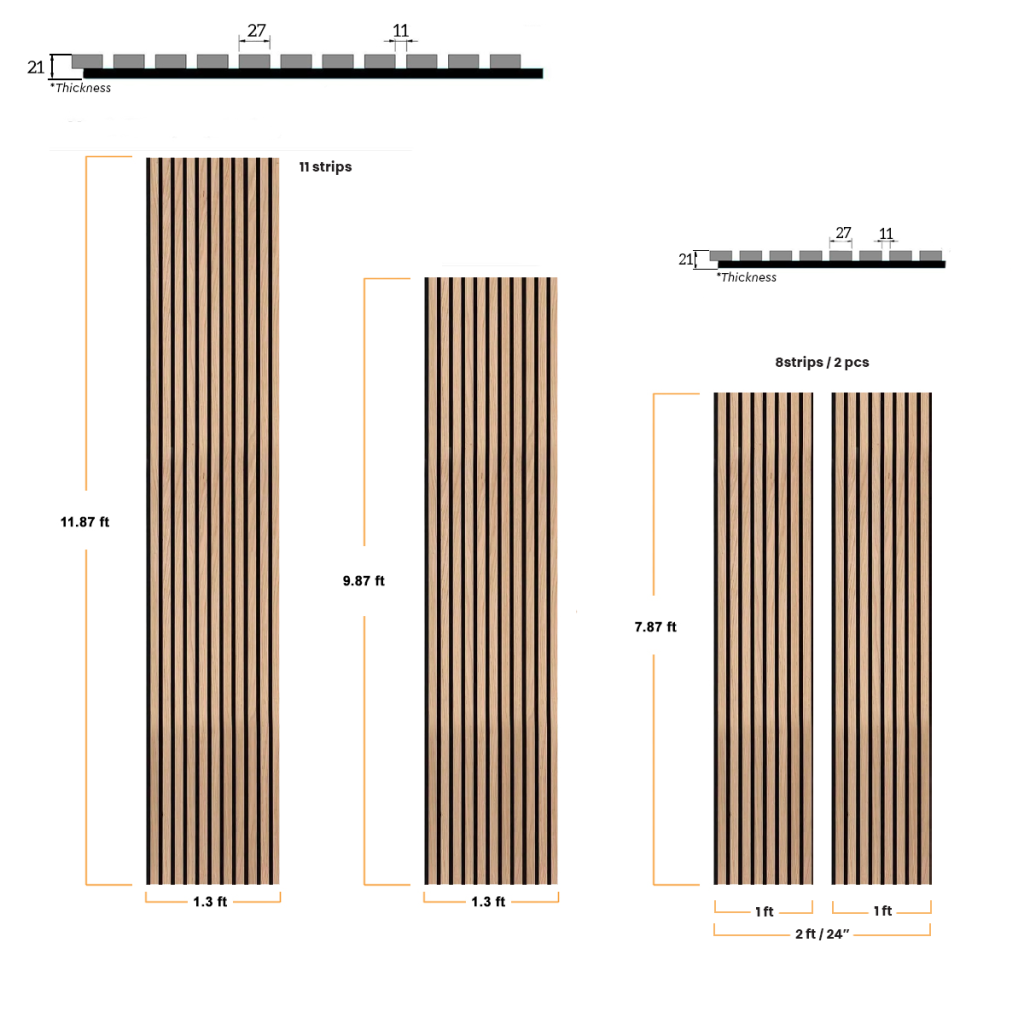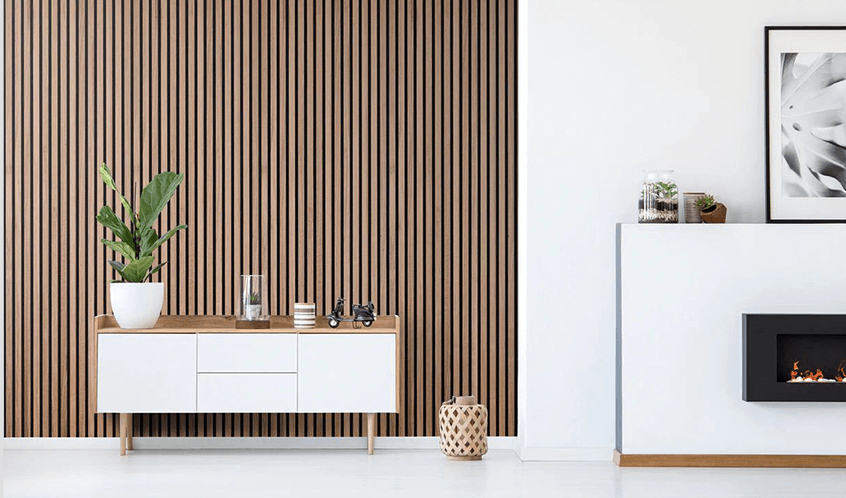How a Natural Wood Wall Panel Adds Character
Designing a space today isn’t just about color or furniture — it’s about feeling. Homeowners and designers alike are looking for ways to create warm, grounded interiors that feel natural yet sophisticated. That’s where the natural wood wall panel comes in. This timeless material blends texture, authenticity, and a quiet sense of luxury — all while fitting easily into many popular design trends.
Why Natural Wood Is Still a Design Favorite
A natural wood wall panel offers something that no synthetic option can: organic beauty. The grain, knots, and subtle variations in each panel make every piece unique. While minimalism and neutral tones remain trendy, a natural wood wall panel introduces depth and detail without overwhelming the room. Designers are turning to this material for more than just looks — it helps create spaces that feel human and lived-in. Whether you’re going for cozy or clean-lined, natural wood fits the mood.
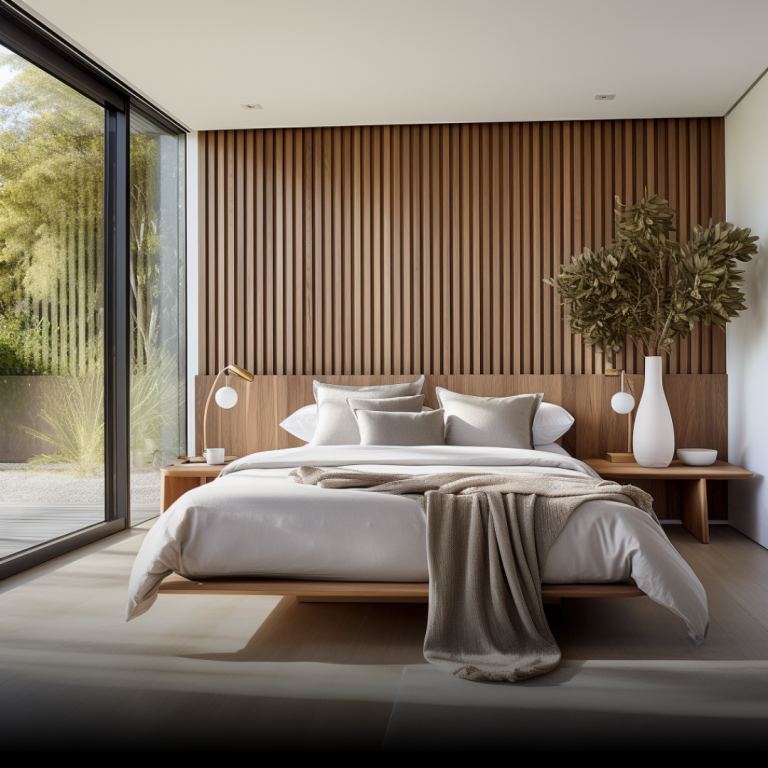
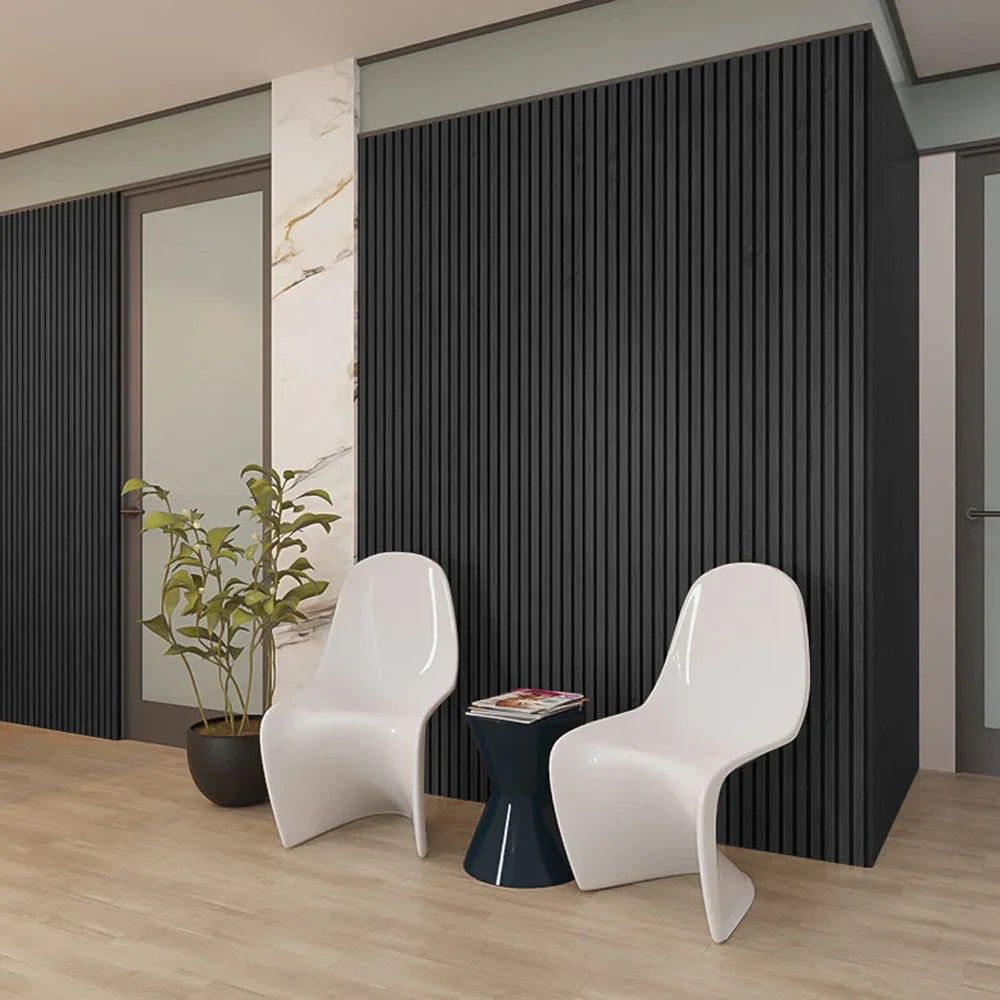
Using a Natural Wood Wall Panel to Define Space
In open layouts or large rooms, the natural wood wall panel is an effective design tool to define zones without using physical barriers. Here’s how:
- Accent Wall: Draw focus to one side of a room — behind a bed, desk, or fireplace — to create visual balance.
- Room Separator: A partial wood wall can gently divide a space without shutting it off.
- Entryway Feature: Frame your home’s first impression with a vertical wood backdrop in your foyer or hallway.
Because it brings an earthy texture, the panel not only shapes the room — it shapes how the room feels.
Matching Modern Styles with Natural Wood
The beauty of a natural wood wall panel is that it doesn’t tie you to one specific look. It adapts easily to today’s most loved styles:
- Wabi-Sabi: The Japanese aesthetic that embraces imperfection pairs perfectly with wood’s raw, natural feel.
- Modern Farmhouse: Clean yet rustic, this look benefits from the warm tones of a natural wood wall panel.
- Coastal: Light woods like ash or white oak mimic driftwood and soften bright, open interiors.
- Urban Contemporary: Mix wood panels with matte black metals and concrete finishes for an elevated city look.
With just the right species and stain, you can tailor the mood from calming to bold.
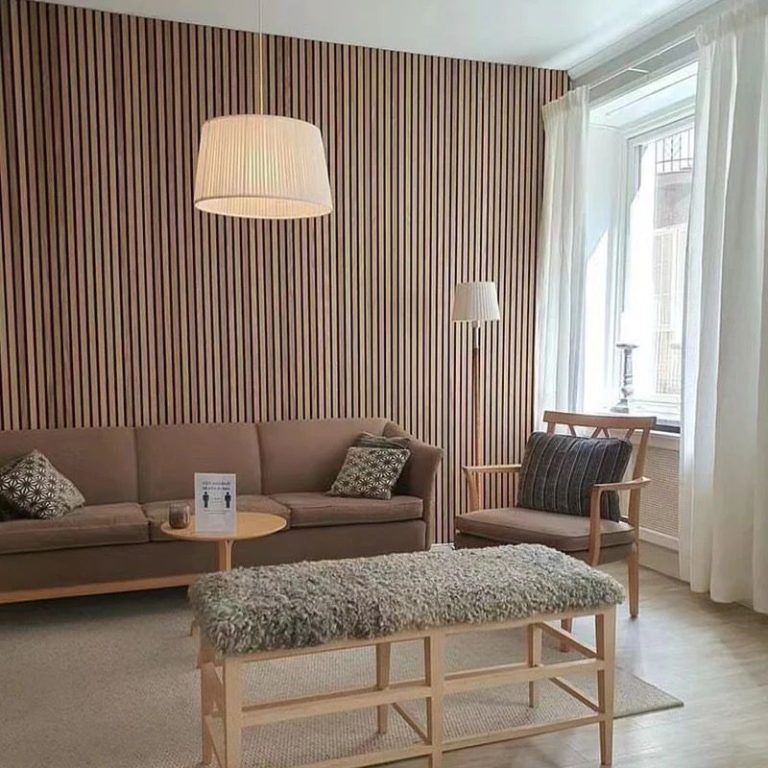

More Than Style — Why It Makes Sense
Installing a natural wood wall panel isn’t just about the look. Here’s why it makes sense for long-term living:
- Durability: High-quality panels are built to last with proper sealing and care.
- Acoustic Value: Wood helps reduce echo, making your space quieter and more comfortable.
- Insulating Effect: Wood naturally regulates heat and can help make a room feel cozier.
- Easy Maintenance: A quick wipe-down with a damp cloth keeps it looking fresh.
- Sustainable Options: Many panels are sourced from responsibly managed forests.
If you’re designing for both form and function, this material earns its place.
FAQs:
Popular choices include oak, walnut, pine, and ash — each offering unique tones and grain patterns.
Yes, as long as it’s sealed properly and not exposed to direct moisture or extreme heat. It’s great for backsplash alternatives or side walls.
Absolutely. Choosing a lighter wood and installing vertically can even make a room feel taller and more open.
With proper care, it can last for decades. Periodic sealing or oiling will maintain its appearance and integrity.
Many panels are designed for DIY-friendly mounting, especially peel-and-stick or tongue-and-groove options. For complex designs, professional help is recommended.
A natural wood wall panel doesn’t just fill a wall — it brings life to it. Whether you’re crafting a cozy reading nook, a feature wall in your dining area, or an upscale retail space, this material delivers authenticity that resonates. It’s not about following a trend — it’s about building a space that feels timeless.

